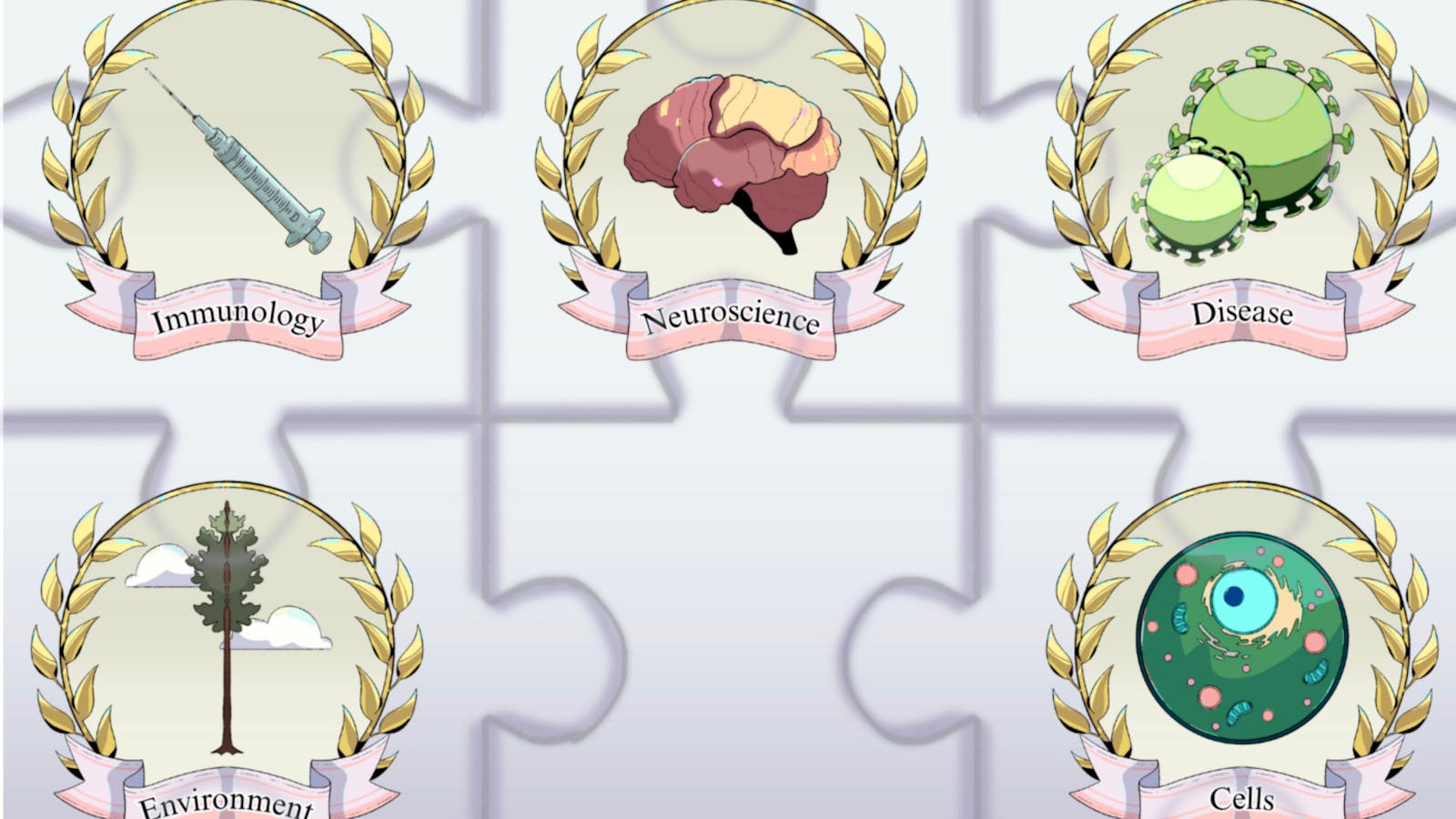Scientists and engineers at the Center for Biocomputing, Security and Society at the Biodesign Institute are applying interdisciplinary approaches to form cutting-edge solutions to problems in topics ranging from evolutionary biology to computational algorithms.
“Our Center explores deep connections between biology and computation with a focus on understanding and mitigating harmful behavior in complex systems,” Stephanie Forrest, the director of the Center for Biocomputing, Security and Society, said in a written statement.
The Center focuses on biological, digital and social systems, looking into the threats they face from various bad actors, Forrest said.
On the biological side, researchers apply an evolutionary and ecological lens to cancer development and treatment.
“We’re taking all the tools and ideas from evolutionary biology and ecology and applying them to what’s essentially an evolutionary problem, and that’s been mostly ignored by cancer biology until relatively recently,” said Carlo Maley, a professor working with the Center and the project leader for the Arizona Cancer Evolution Center at ASU.
One of the primary aspects of Maley’s work focuses on tackling a paradox in evolutionary biology known as Peto’s Paradox. The paradox describes the phenomenon where large animals with more cells do not develop proportionally more cancer than smaller animals.
“The evolution of natural selection has built into elephants and whales mechanisms for suppressing cancer that are better than the biology of humans,” Maley said.
The team is working on figuring out how to use their understanding of cancer suppression in species with low cancer rates to develop prevention methods for humans, he said.
“The problems we have in cancer medicine are problems that can be addressed by tools that have been developed and theories that have been developed in these other fields, like evolution and ecology,” Maley said. “It holds this real promise for breakthroughs and advances.”
In the seemingly unrelated, yet surprisingly connected field of computer science, researchers are working on applying an evolutionary lens to the mutation of code. Forrest said the evolutionary processes can inspire practices to solve issues in computing processes, like fixing bugs and optimizing code.
“(The Center is) working on taking techniques that were developed for the analysis of biological systems and applying them to software and program code — looking to see if techniques that were developed for systems that have acquired robustness via evolution can help to analyze systems that have acquired robustness by engineering,” Joseph Renzullo, a graduate service assistant with the Center, said.
Utilizing the methodologies applied to evolutionary biology and computer science, scientists are researching computational models for social and political systems.
Joshua Daymude, an assistant professor in the School of Computing and Augmented Intelligence and the Center for Biocomputing, Security and Society, said the team at the Center researched political systems, looking at defining interventions on the individual level to potentially slow down or reverse polarization.
“My role in that would be to build some model that’s looking at those individuals, looking at their interactions and studying the outcomes,” Daymude said.
Daymude is also studying the decision-making process of individuals deciding whether to “express some sort of dissent against authority” or “self-censor” to avoid punishment.
“It’s been a really fruitful thing to be able to speak to questions that are really socially important, understanding how to make democracy more resilient (and) how to make our communities more resilient,” Daymude said.
The value of an interdisciplinary approach to science may be beneficial for some researchers, but it is not without its unique challenges.
Daymude said one of the largest challenges is learning how to understand the jargon of the various branches involved, as well as understanding the many approaches to the solutions of relevant problems.
Despite the challenges, researchers are optimistic about the approach and ASU’s focus on collaborative work.
“At its best interdisciplinary science leads to important discoveries by finding synergies between fields, discoveries that likely would not be discovered in a single discipline,” Forrest said in an email.
Edited by Kate Gore, Senna James and Ellis Preston.
Reach the reporter at jdtamay1@asu.edu follow @JTamayo46036 on X.
Like The State Press on Facebook and follow @statepress on X.
John TamayoSci-Tech Reporter
John Tamayo is a science and technology reporter in his first semester with The State Press. He is a senior majoring in Physics and Philosophy.
Continue supporting student journalism and donate to The State Press today.

